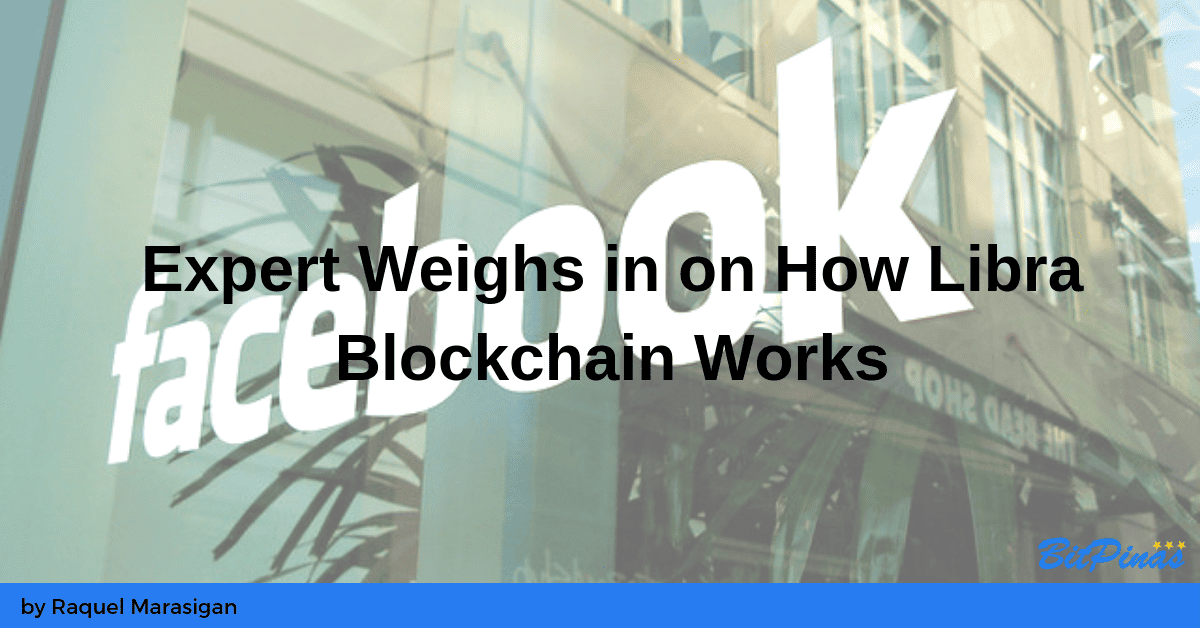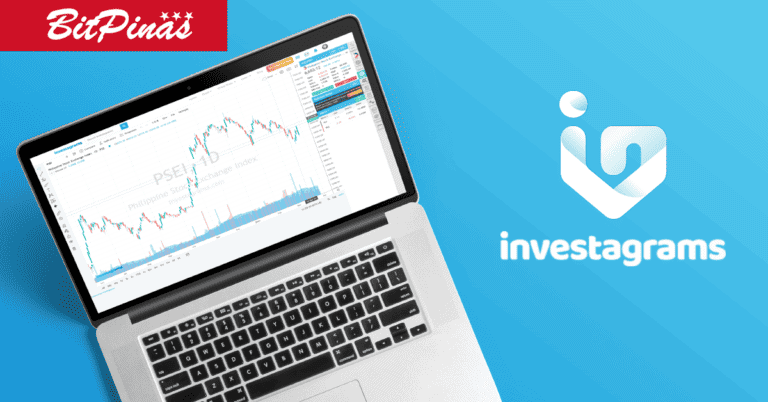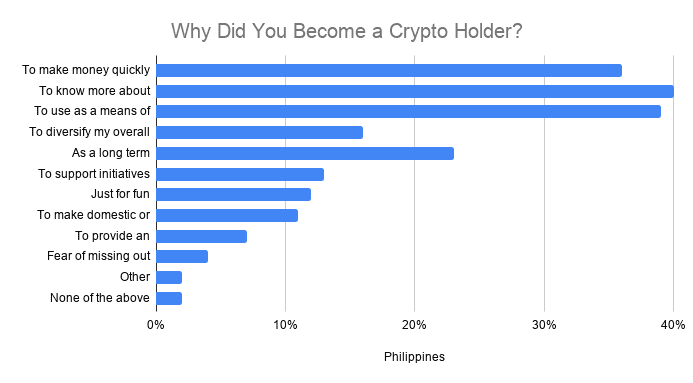Expert Weighs in on How Facebook’s Libra Blockchain Works
Mr. Jameson Lopp, an expert in cryptocurrency and blockchain examines the 26-page technical document describing how Libra works.

July 12, 2019 – Blockchain is a way of creating a robust, secure, transparent distributed ledger. A platform that manifests information and computation technology – as software that uses cryptography protocol, for public databases (of digital information) well understood as an institutional technology of coordinating people. Libra’s mission is to operate as a financial infrastructure and global currency that empowers millions of people especially the unbanked. Its financial inclusivity comprises of three parts; a.) Secure, scalable, and reliable blockchain b.) reserve of assets to provide intrinsic value c.) Governance by the Libra Association.
Mr. Jameson Lopp, an expert in cryptocurrency and blockchain examines the 26-page technical document describing how Libra works.
- Abstract – Top Down Approach and Validators
The Libra protocol allows a set of replicas – referred to as validators – from different authorities to jointly maintain a database of programmable resources. Mr. James argued; the use of “database of programmable resources” instead of digital currency makes Libra more of stablecoin rather than blockchain, while the systems will be controlled by a set of authorities. The plan is to open a membership after five years and within that period they will figure out proof of stake, which is also the current problem of Ethereum.
- Validators- As Consensus type
Validators take turns driving the process of accepting transactions. When a validator acts as a leader, it proposes transactions, both those directly submitted to it by clients and those indirectly submitted through other validators to the other validators. All validators execute the transactions and from an authenticated data structure that contains the new ledger history. The validators vote on the authenticator for this data structure as part of the consensus protocol.
As he examines “LibraBFT it assumes that a set of 3f + 1 votes is distributed among a set of validators that may be honest or Byzantine. LibraBFT remains safe, preventing attacks such as double spends and forks when at most votes are controlled by Byzantine validators.” In his assumption PBFT consensus algorithm can tolerate 33% of the validators that will be dishonest while he enumerates the list of modifications that sound reasonable to the use algorithm: a.) Resist non-determinism bugs by having validators sign the state of a block rather than just the sequence of transactions b.) A pacemaker that emits explicit timeouts and validators rely on a quorum of those to move to the next round—this should improve liveness. c.) Unpredictable leader election mechanism to limit DoS attacks against the leader. d.) Aggregate signatures preserve the identity validators who sign quorum certificates to vote for block acceptance
In Section 5 of the White paper, he concludes that Libra uses the Byzantine Fault tolerance consensus protocol – a 20-year-old algorithm, BFT will help speed up the process of transactions, facilitates agreements with nodes, and builds trust in the network.
- Logical Data Model – The Libra protocol uses an account-based data model to encode the ledger state.
In Mr. Lopp’s perspective, the Libra data structure was more like Ethereum or Ripple than Bitcoin. He claimed that a UTXO (Unspent Transaction Output) account model has pros and cons has a higher degree of privacy and feasible scalability.
- 64-bit signed integer corresponds to the number of transactions the system executed
Another technical statement from whitepaper; “All data in the Libra Blockchain is stored in a single versioned database. A version number is an unsigned 64-bit integer that corresponds to the number of transactions the system has executed”. He argued that in every system state a transaction is executed and is effectively a state transition function occurs and the new system state exists. It is intended to put all the batches of transactions into a container, or blocks which is design for ordering and time-stamping.
What is the difference between permissionless and permission system? In a permissionless network, the data is authenticated via dynamic multiparty membership signatures, where the validators can freely join and leave the network. In contrast, Libra operates a permission system where it uses a more efficient consensus algorithm that doesn’t need a batch transaction, and then transaction history is less likely to be rewritten.

- What is “Move” programming language?
In the initial version of the Libra protocol, only a limited subset of Move’s functionality is available to users. While Move is used to define core system concepts, such as the Libra currency, users are unable to publish customs modules that declare their own resources types. Libra is based on “Move”, it is an executable language used to implement custom transactions and smart contracts. It prevents assets from being cloned. He then argued that it is similar to “open validator membership” as referenced above.
- Performance-Libra supports 1,000 payment transactions per second how?
From the whitepaper, “We anticipate the initial launch of Libra protocol to support 1,000 payment transactions per second with a 10-second finality time between a transaction being submitted and committed.” Mr. Lopp technically claims; if there will only be more than 100 validators, and they’ll directly be connected to each other, 10-second block times will be reasonable considering node requirements: 40 Mbps Internet connection, 1 commodity CPU and 16 TB SSD.
- Is AML/KYC [Governance works] required?
Libra Association is a council of members and 2/3 majority votes are required to make any changes. Mr. Jameson statement: AML/KYL isn’t required at the protocol level, but the Calibra wallet states that all users will be verified via a government-issued ID. He claims that the Calibra wallet will be the only available wallet for a while. It’s unclear whether the developers and users can run an app on the Libra network that is not compliant with Calibra.
In conclusion blockchain technology is better understood as a new general purpose technology in the form of a highly transparent, resilient and efficient distributed public ledger. The basic economics of blockchain can be thought of a rapid learning curve. Blockchain technology is believed to be the next generation of the internet, which has the potential for institutional and public choice economics to get things in order.
Source: Jameson Lopp: Thoughts on Libra “Blockchain”, Libra Whitepaper
This article is first published on BitPinas: Expert Weighs in on How Facebook’s Libra Blockchain Works




